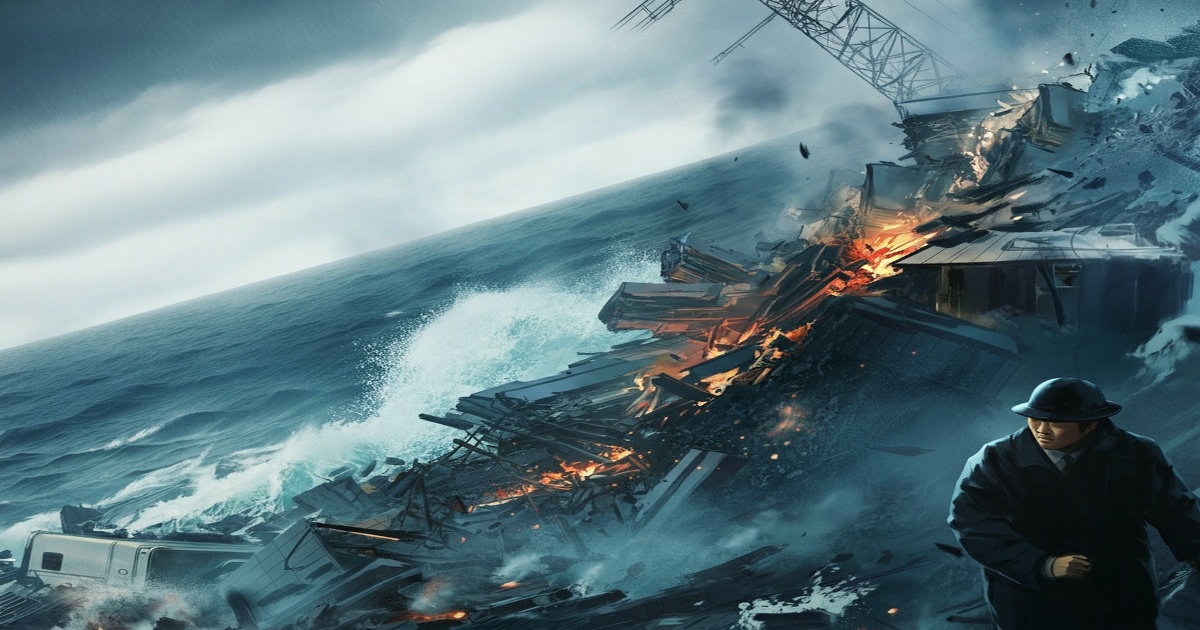As waves grew along the Japanese coast, residents braced for impact. A magnitude-8.8 earthquake had already generated a powerful tsunami. Japan, well-versed in tsunami science, knew the first wave wasn't the full story. Expert Fumihiko Imamura explained later waves become bigger and stronger, making predictions difficult.
Tsunami waves, unlike surf, have immense force and long cycles. The earthquake's shallow depth triggered the tsunami. Sirens alerted residents, and established protocols were activated. Factories and the Fukushima plant shut down. People sought refuge. The Meteorological Agency warned of continued impacts.
Tsunami waves bounce and collide, making their behavior complex. Japan is seismically active and well-prepared, with strong building standards and coastal defenses. Evacuation drills are common. Recovery at Fukushima was paused.
By evening, warnings were downgraded in some areas. Injuries were mainly heat-related.







5 Comments
Africa
It is really simple and helps quickly understanding what happened.
Muchacho
I think this is good in order to understand what happened during a disaster.
Comandante
The text spends too much time talking about wave behavior and not enough on the human experience and aftermath.
Bella Ciao
The text is correct to talk about the factories and nuclear plant shut-down. This way readers understand the extent of the disaster.
Muchacha
This text is way too simplified. The Fukushima situation deserves a much more comprehensive and nuanced explanation.